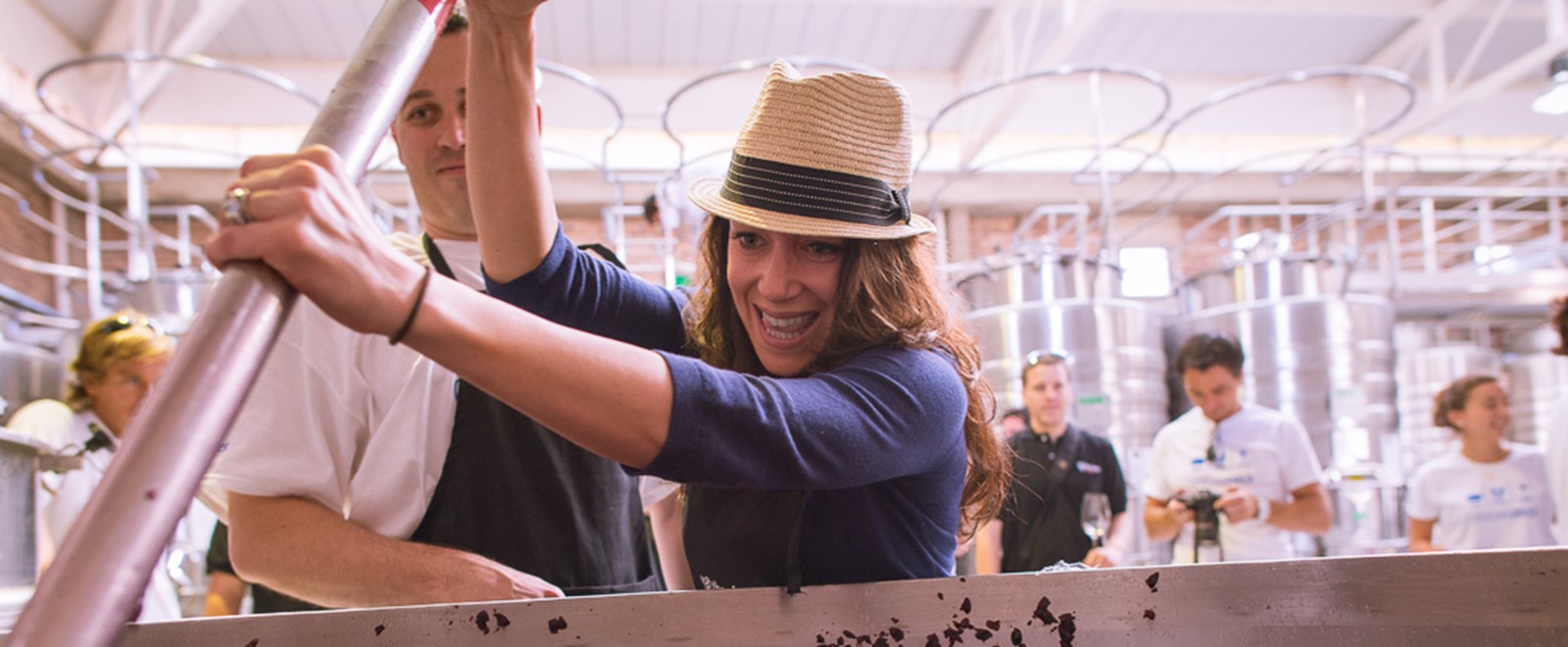Wine scouting is one of the activities I enjoy the most doing being a sommelier. Last week, I headed towards Patagonia in search of new wines for our Acequia wine club and OnLine Store. Surely, it was also a great opportunity to enjoy the delightful landscapes from the South!
Located in the southern end of the American continent, it is likely to think of Patagonia as the place of endless natural landscapes. This assumption is absolutely correct! To the West, next to the Andes, we can find stunning lakes, gorgeous snowed mountains, millenary glaciers, crystal clear cascades among many other exciting attractions.
Moreover, I found out Patagonia was home of some of the largest dinosaur skeletons found to date, becoming a paradise for paleontologists.
Concerning the economy, Alto Valle de Río Negro - Río Negro’s High Valley - and Neuquén are the main oil-drilling sites in the south of Argentina. It is, also, the place where the most significant agriculture development is found in Patagonia Argentina, being their pears and apples widely known worldwide.
Patagonia also meets several natural conditions and ideal characteristics for growing vineyards, becoming the southernmost viticulture region in Argentina.
I was wrongly expecting a wine region with much more rainfall and humidity, but I found out that their average precipitation is scarcely 150 - 190 mm a year, even lower than in Mendoza. I was quite surprised to see the dryness of the environment and almost gale force winds reaching 110km per hour at times.
Opposite from Mendoza, hail storms are not an important threat. However, the early and late frosts do represent a serious difficulty in the area, being necessary to carry out active actions to prevent damages.
The altitude of the valley does not go above 1.300 feet above sea level. Nevertheless, similar to the higher wine regions of Mendoza (e.g. Uco Valley reaches altitudes of 4.500 feet), its weather has great amplitude of temperatures in the vine stage of ripeness, favoring the concentration of polyphenols and a better accumulation of acid sugars and flavors. The conditions of the soil – mostly sandy and clayish and in some areas a bit more rocky - the strong wind avoiding the appearance of diseases, the remarkable luminosity, the scarce rainfall and the low humidity favor the consolidation of the Patagonian winemaking industry within the international scope.
Among the varieties that stand out, we need to mention the unquestionably Malbec in the first place, as it faultlessly develops in every wine region in Argentina. Secondly, I would highlight short cycle varieties as Pinot Noir and Merlot among the reds and Semillón and Sauvignon Blanc among the whites. I also tasted a couple of interesting Syrahs and Cabernet Francs worth to explore.
The history of international competitive winemaking in Argentina, and especially in Patagonia, is quite young. Yet, technological advances, investments and some businessmen with a good forward-looking approach have carried out a determining transformation between the 39º and 42º southern latitude in the last decade.
Let's discover Patagonia! Let's discover Argentina!
consulted source: www.interpatagonia.com
